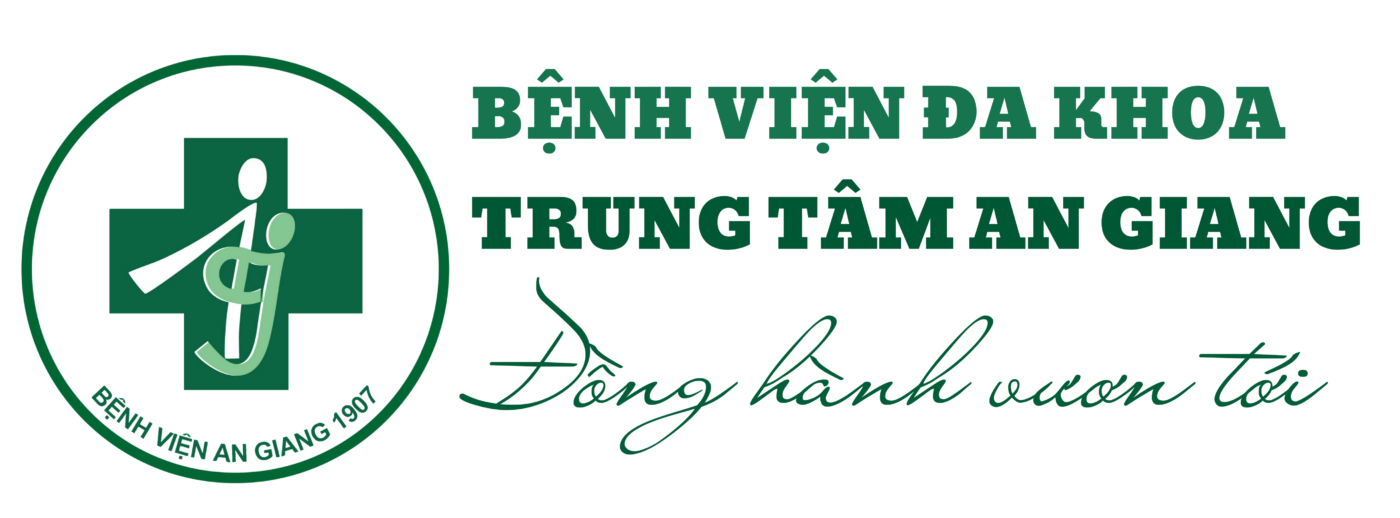Cochrane Database Syst Rev. 2005 Apr 18;(2):CD003645.
Wells DA, Gillies D, Fitzgerald DA.
Nursing Department, Children’s Hospital at Westmead, Locked Bag 4001, Hawkesbury and Hainsworth St, Westmead, NSW, Australia, 2145. DeboraW2@chw.edu.au
BACKGROUND: Because of the association between prone positioning and sudden infant death syndrome SIDS) it is recommended that young infants be placed on their backs (supine). However, the supine position might not be the most appropriate position for infants and children hospitalised with acute respiratory distress. Positioning patients has been proposed as a non-invasive way of increasing oxygenation in adult patients with acute respiratory distress. But, because of substantial differences in respiratory mechanics between adults and children and the risk of SIDS in young infants, a specific review of positioning for infants and young children with acute respiratory distress is warranted.
OBJECTIVES: To compare the effects of different body positions in hospitalised infants and children with acute respiratory distress.
SEARCH STRATEGY: We searched the Cochrane Central Register of Controlled Trials (CENTRAL) (The Cochrane Library Issue 3, 2004); MEDLINE (January 1966 to October Week 3, 2004); EMBASE (1980 to week 24, 2004); and CINAHL (1982 to October Week 3, 2004).
SELECTION CRITERIA: All randomised or systematically-allocated controlled clinical trials comparing two or more positions in the management of infants and children hospitalised with acute respiratory distress.
DATA COLLECTION AND ANALYSIS: Data were extracted from each study independently by two authors. Differences were resolved by consensus or referral to a third author. Continuous outcomes were analysed using a weighted mean difference and 95% confidence interval. No bivariate outcomes were available. All but one included study reported crossover data therefore this data was used for meta-analysis. Fixed-effect models were used unless heterogeneity was significant (p value equal to or less than 0.1), in which case a random-effects model was used.
MAIN RESULTS: Forty-nine papers were selected for this review of which 21 studies (22 publications) were included. These studies compared prone, supine, lateral, elevated, and flat positions. Prone positioning was significantly more beneficial than supine positioning in terms of oxygen saturation, partial pressure of arterial oxygen, oxygenation index, thoraco-abdominal synchrony, and episodes of desaturation. There were no statistically significant differences between any other positions.
AUTHORS’ CONCLUSIONS: The prone position was significantly superior to the supine position in terms of oxygenation. However, as most patients included in the meta-analysis were ventilated, preterm infants the benefits of prone positioning may be most relevant to these infants. In addition, although placing infants and children in the prone position may improve respiratory function, the association of sudden infant death with prone positioning means that infants should only be placed in this position if continuous cardiorespiratory monitoring is used.





